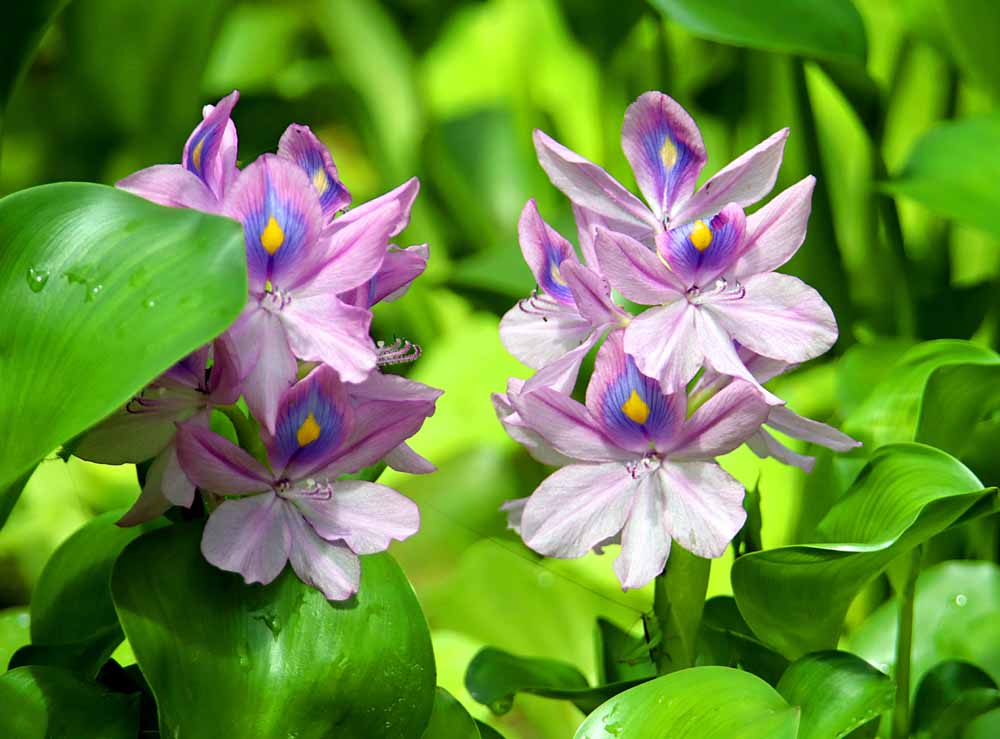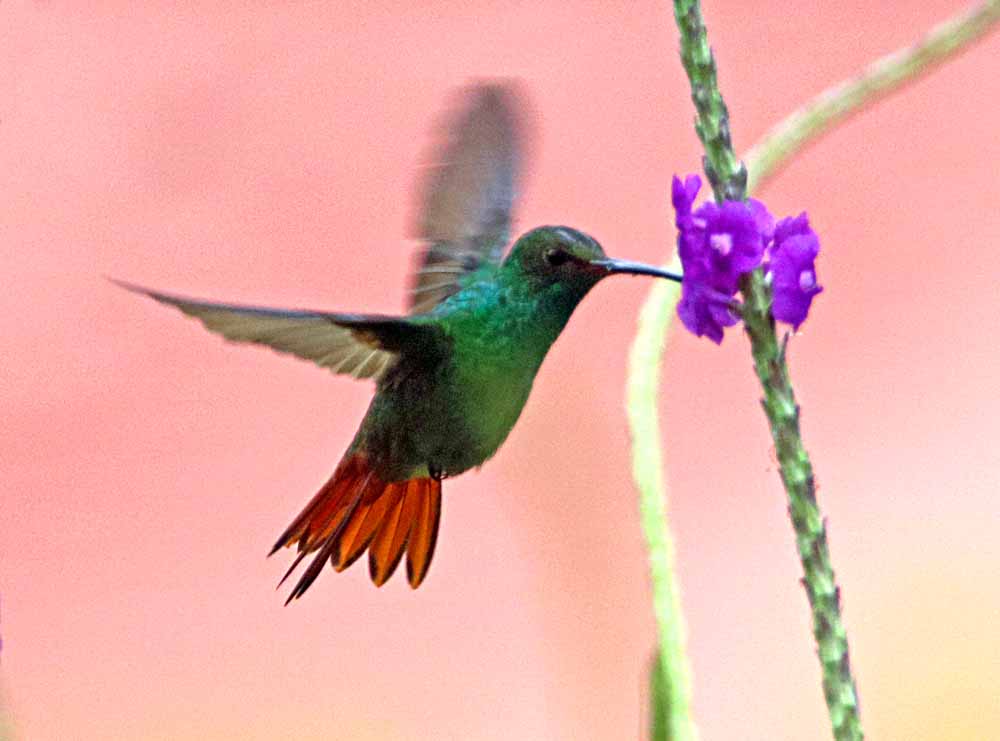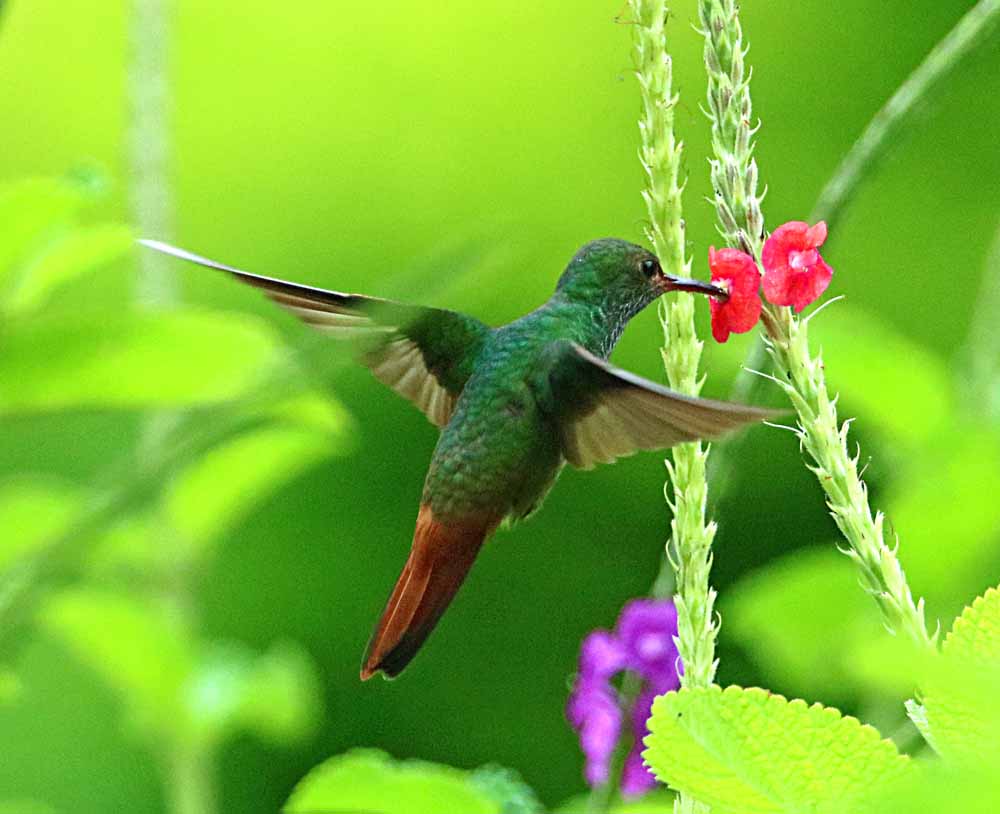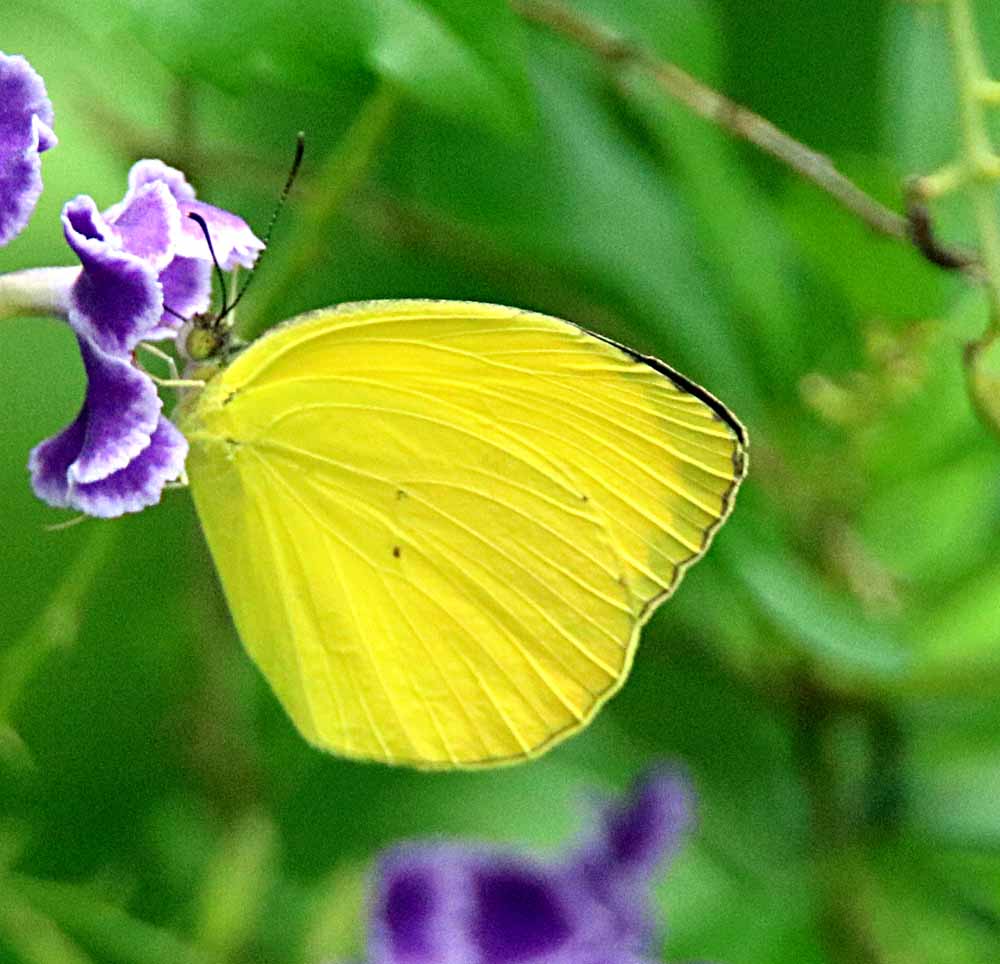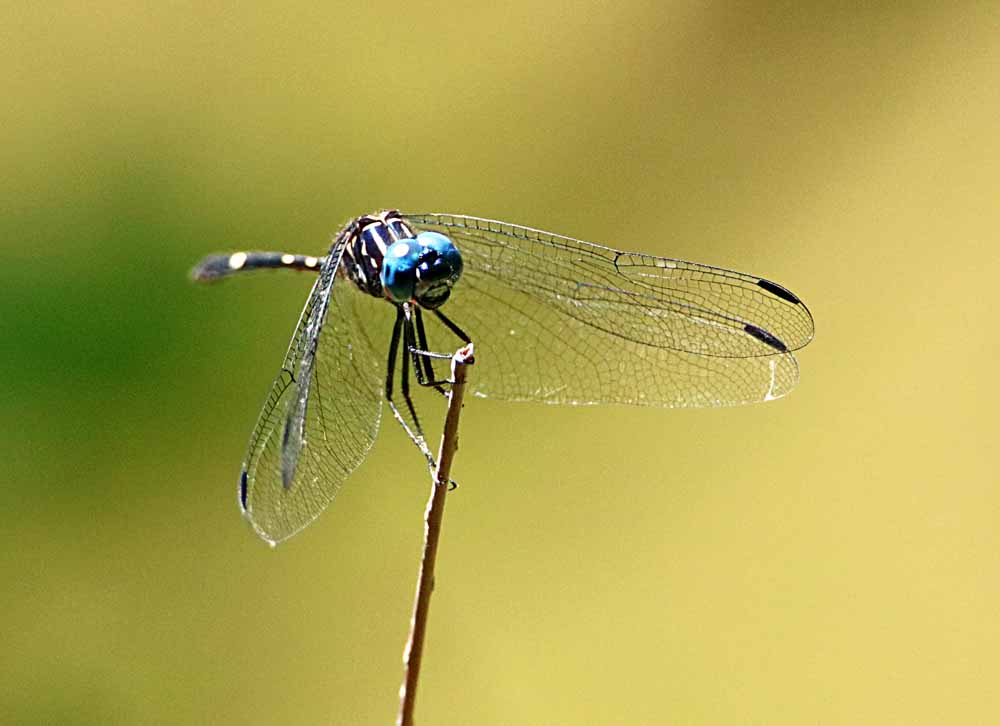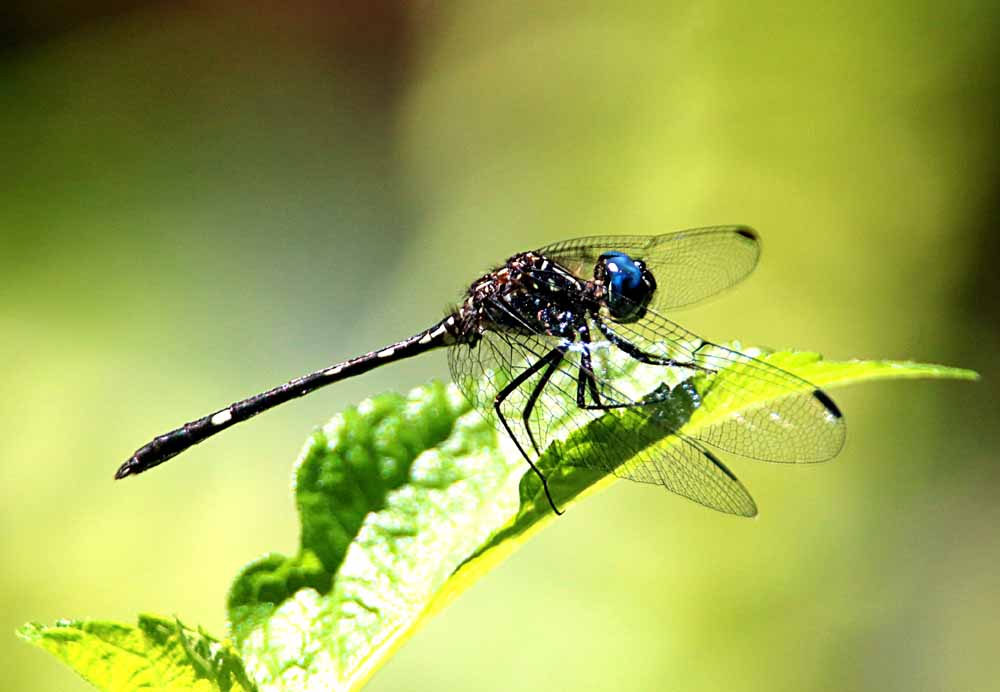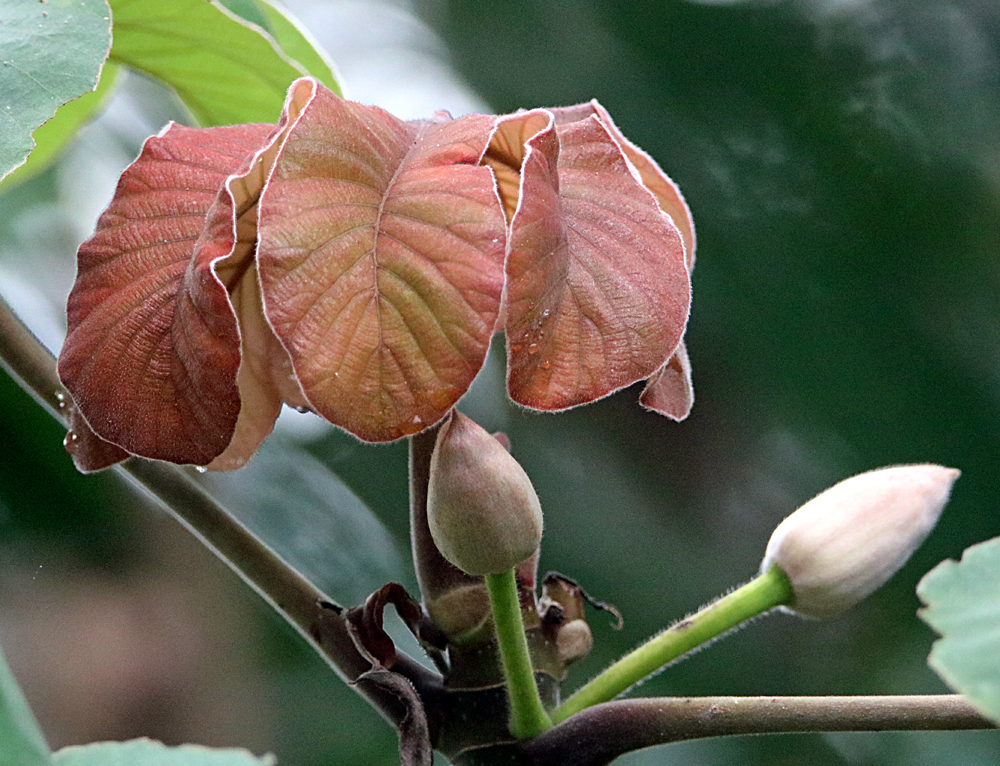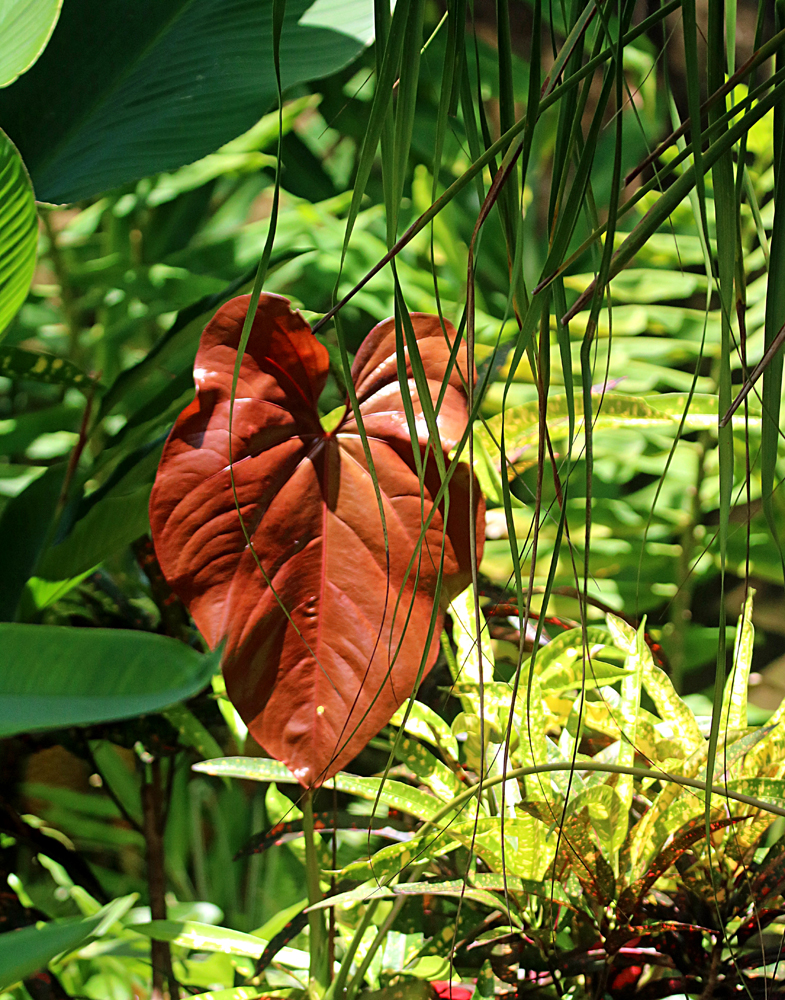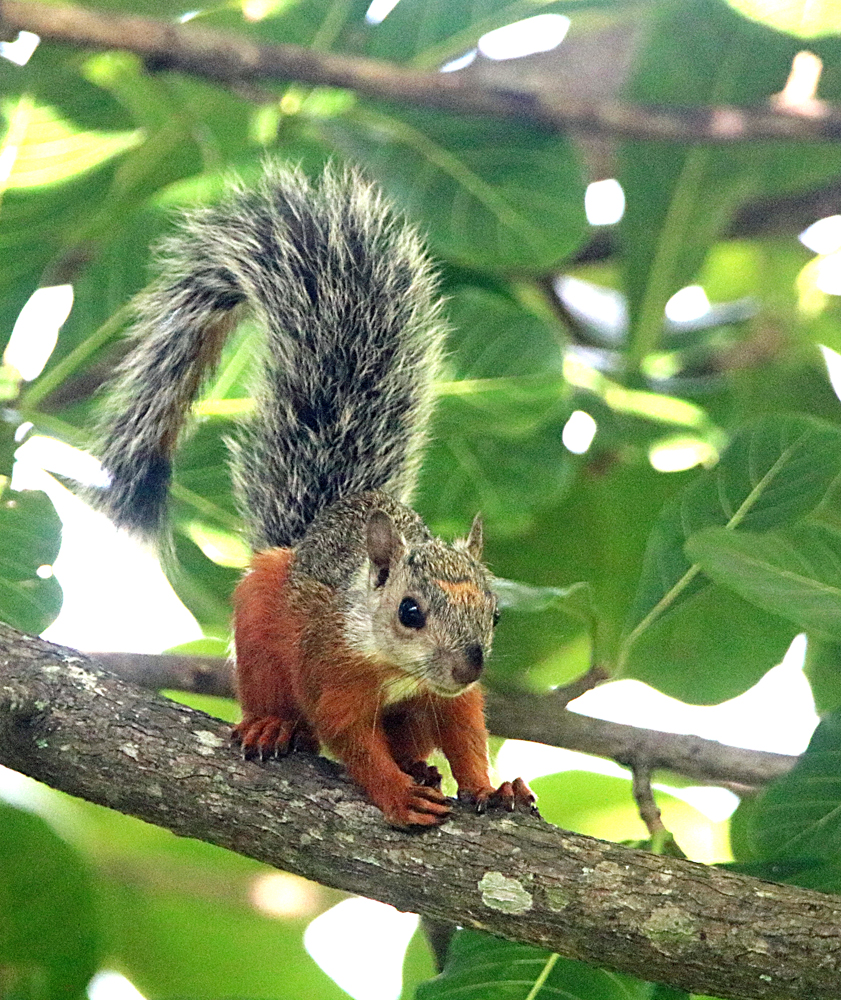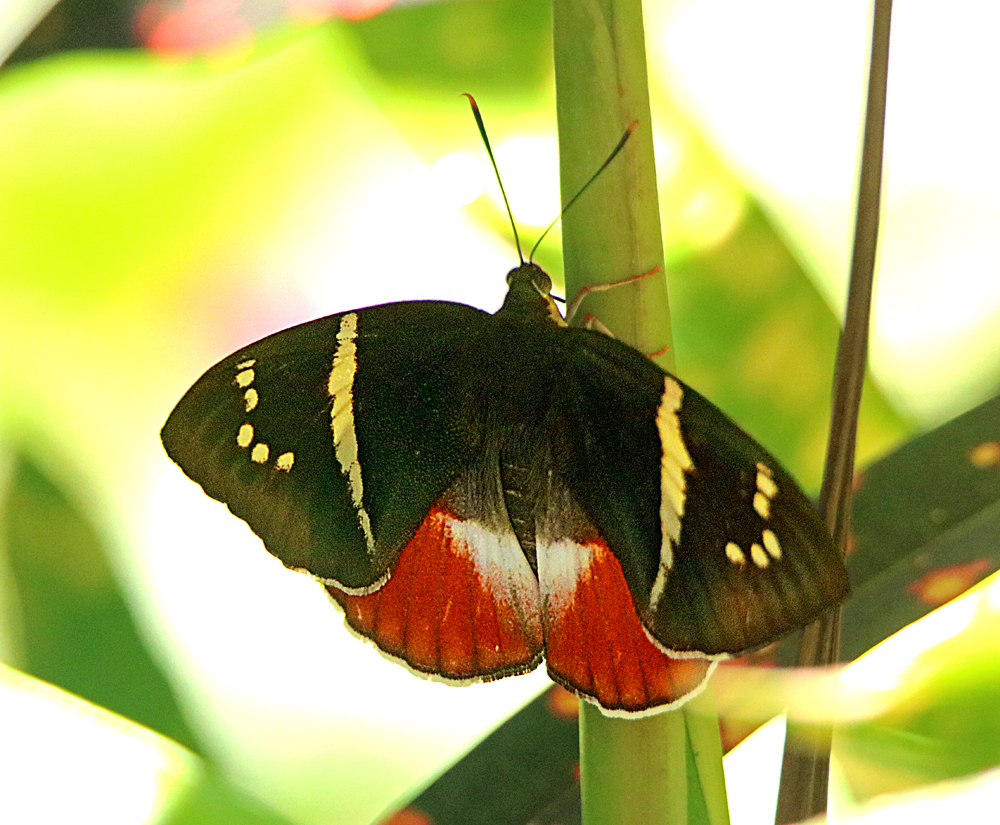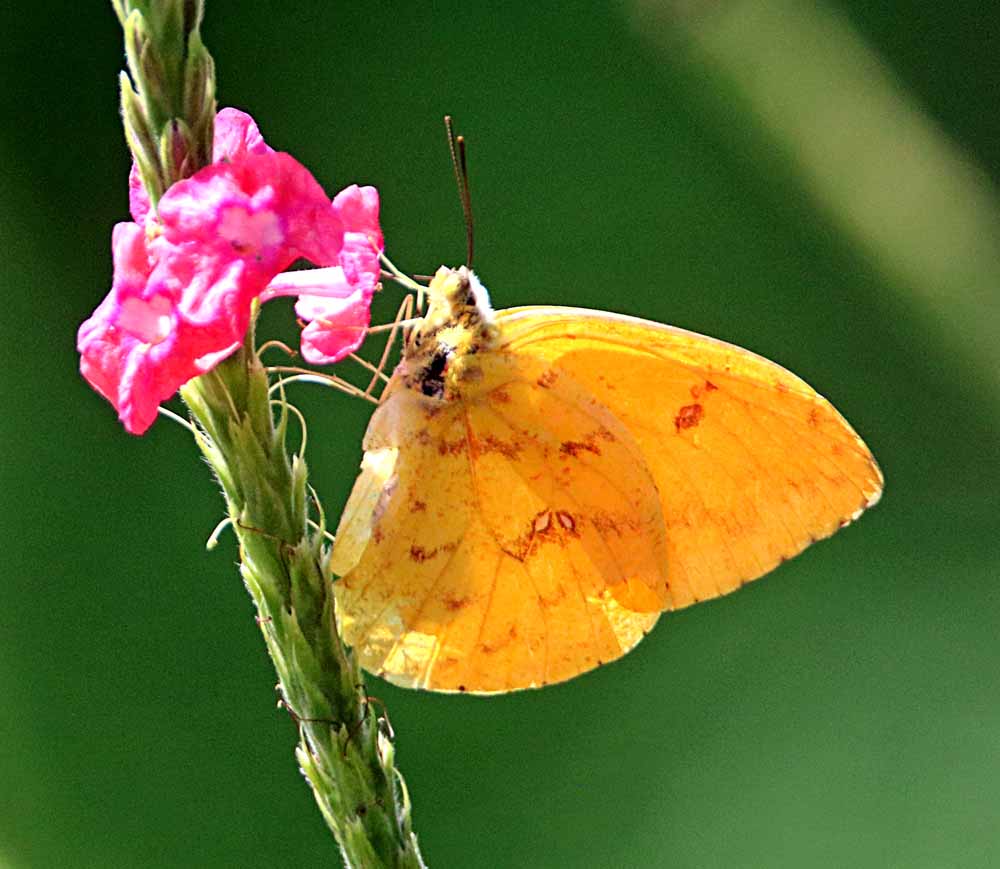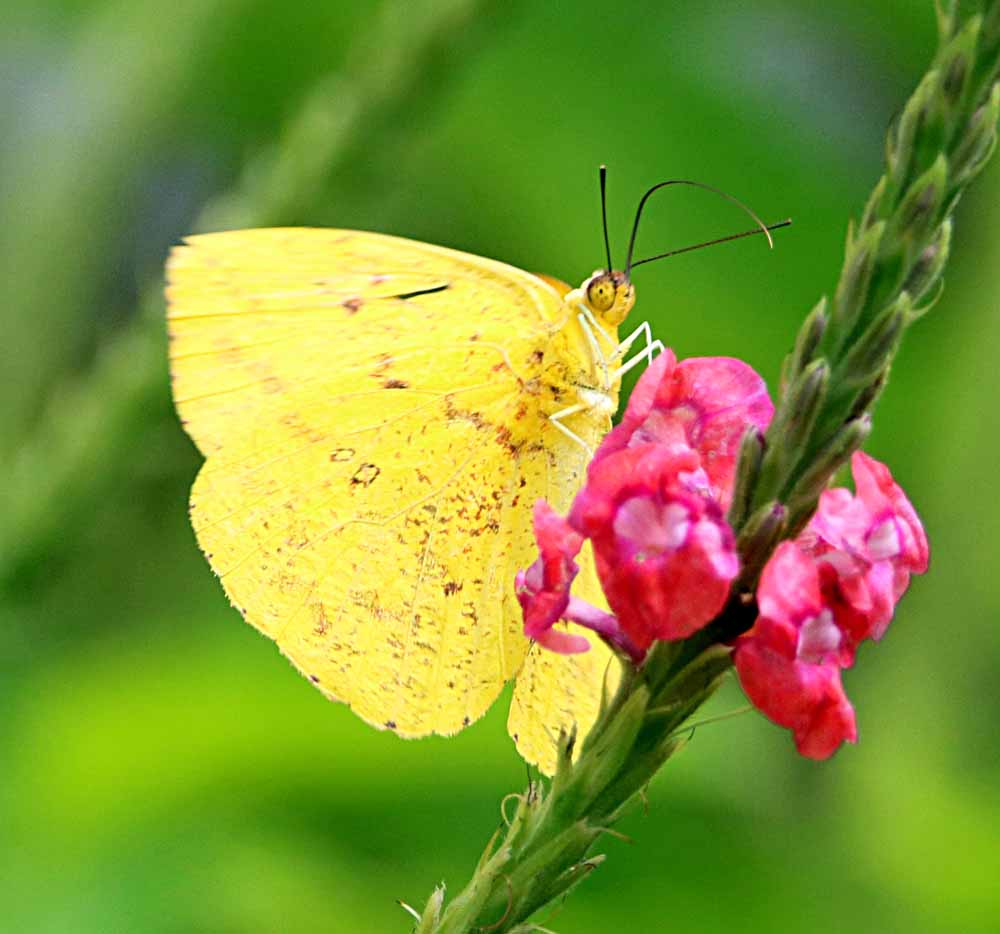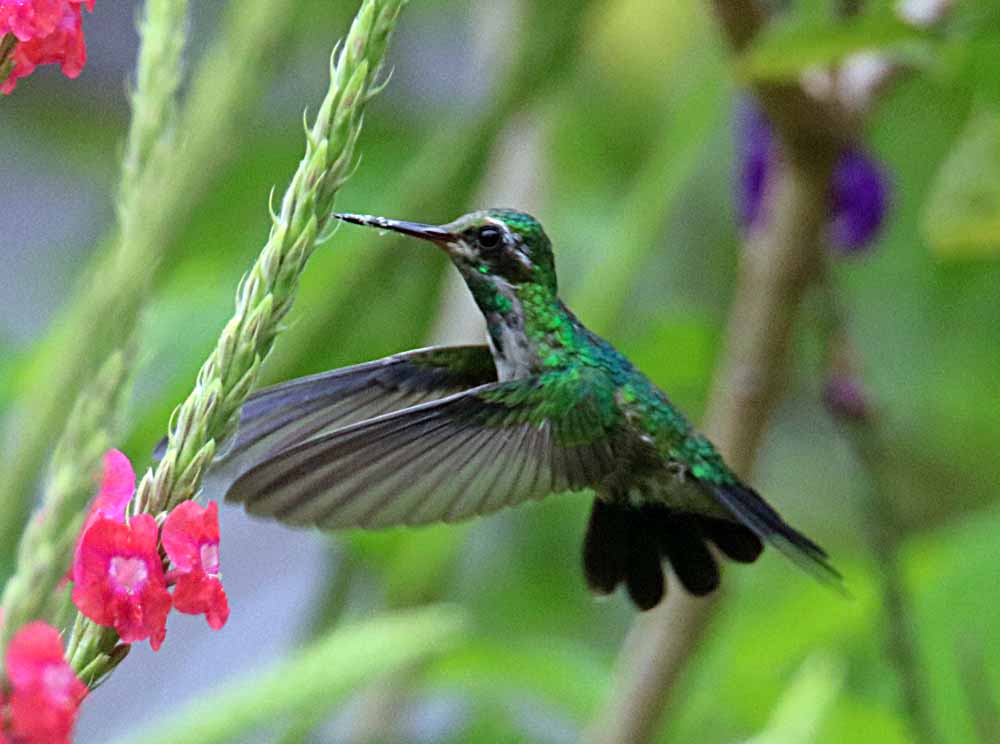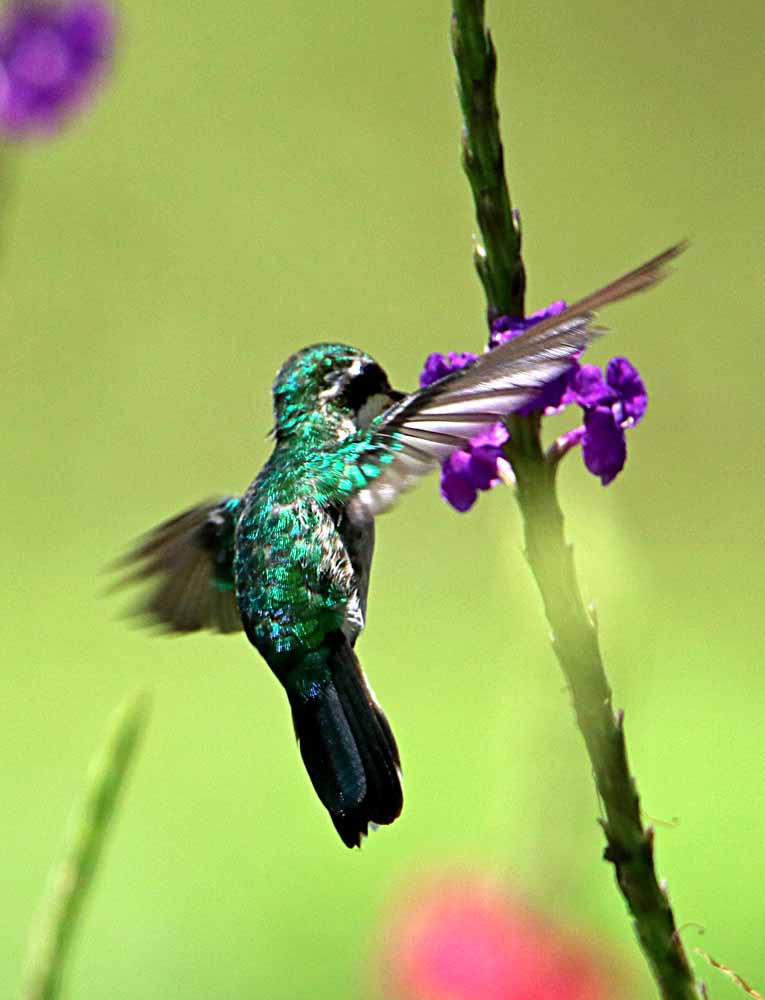Good evening from the rainforest! We had a good hour & a half rain this afternoon that was cooling, though of course it is quite humid here all the time. Reminds me of growing up in South Arkansas just a few miles from the Louisiana line and it was quite humid there too, at least in the summer! 🙂
My cabin is surround by maybe up to 10 or more species of Heliconia flowers and I started out to do a post on the Heliconia, but just too many photos to process in a limited time! Maybe for another night this week!
Thus, because of time, I chose to share just one photo of a favorite tropical animal for tourist down here, the Central American Agouti. This one was foraging for fallen nuts streamside behind my cabin. I’m sure I’ll see more of him this week!
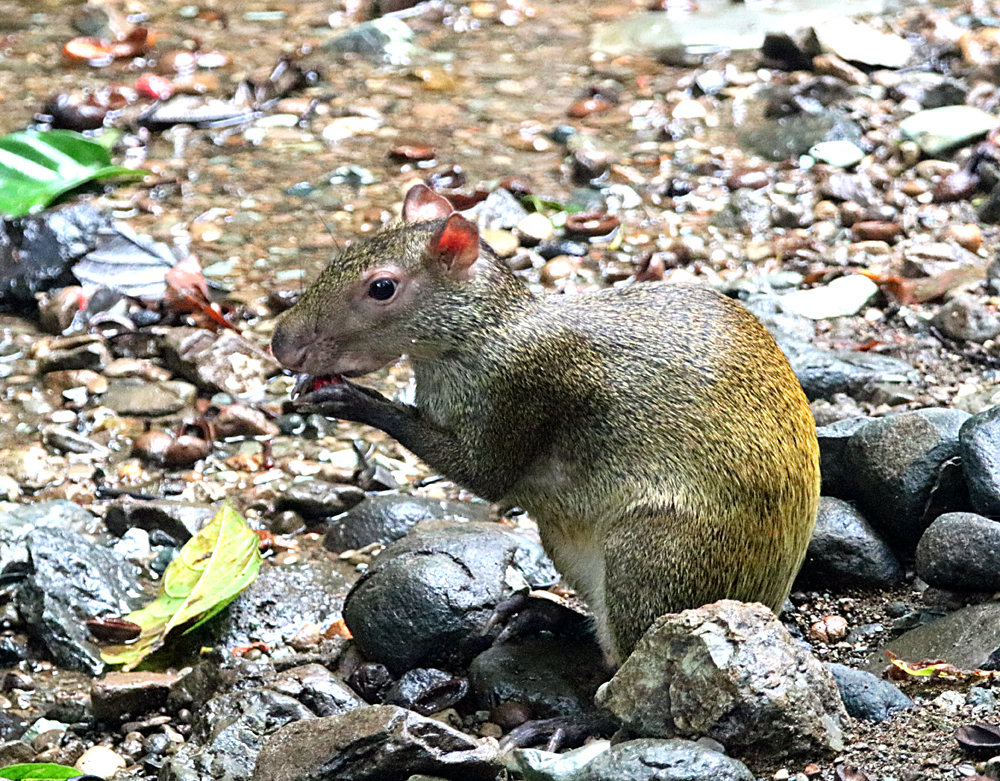
¡Pura Vida!


